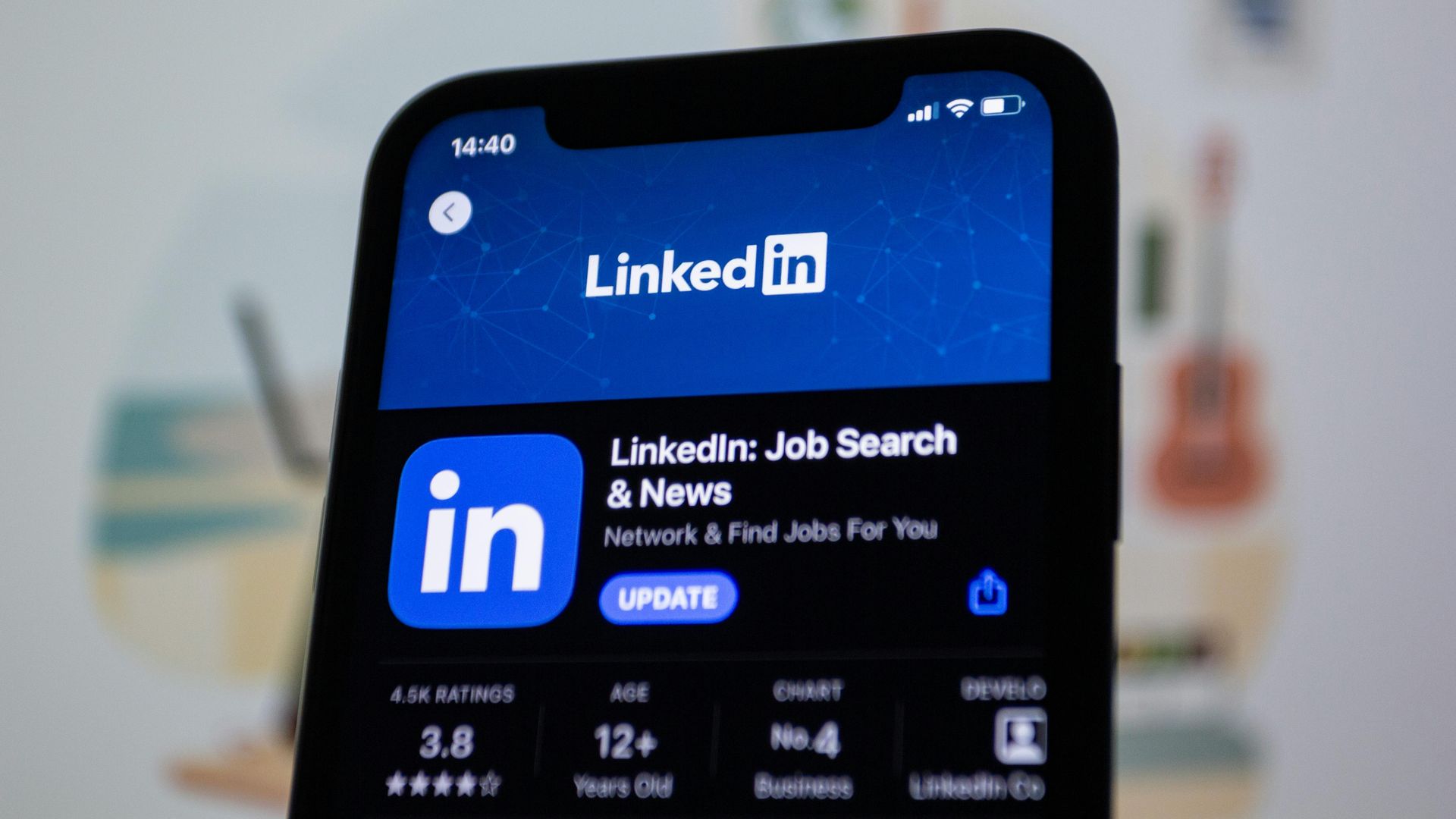Tech Geniuses Who Can't Sell Water in a Desert
Build it and they will come. The rallying cry of tech founders everywhere. Until they don't come. And the product sits there. Lonely. Brilliant. Unused.
We've created a world where engineers can build almost anything imaginable. Apps that recognize your face, predict your next thought, or summon a stranger to drive you home after too many martinis. Yet these same brilliant minds often can't convince people to use their creations if their lives depended on it.
The irony borders on comical. Companies that can architect complex systems with millions of lines of code somehow struggle to write a compelling tweet. Teams that debug impossible technical problems freeze when faced with crafting a value proposition that doesn't sound like it was written by a robot having an existential crisis.
Let's fix this disconnect with a step-by-step guide for tech companies who excel at building products but market them with all the charisma of a dial-up modem.
Why Tech Companies Are Marketing Disasters Waiting to Happen
The problem begins in the engineering mindset itself. When you spend your days optimizing algorithms and squashing bugs, you develop a particular worldview. Features become the center of your universe. Functionality is your religion.
This creates the first marketing sin: the feature dump. You know it when you see it. Product pages listing seventeen technical specifications before mentioning a single customer benefit. Launch emails that read like technical documentation. Sales pitches that make people wish they'd chosen a different career path entirely.
Then there's the language barrier. Tech teams speak in a dialect unintelligible to the average human. They casually toss around terms like "serverless architecture" and "asynchronous processing" in marketing materials, then wonder why potential customers run screaming into the night.
The final ingredient in this perfect storm is the infamous "if we build it, they will come" delusion. This charming belief suggests that superior technology naturally attracts users through some kind of product-market telepathy, eliminating the need for actual marketing efforts.
The results are predictable. Revolutionary products languish in obscurity. Brilliant innovations die on the vine. Investors grow increasingly concerned about your burn rate. And eventually, someone less talented but better at marketing launches an inferior product that captures your entire market.
The Real Cost of the Product Marketing Gap
Beyond the obvious financial implications, the inability to market effectively creates a cycle of technical overcompensation. When users don't flock to your product, the natural engineer response is to add more features. Because clearly, the problem must be that your product isn't technically impressive enough yet.
This leads to bloated products solving problems nobody asked for, while the core value proposition remains buried under an avalanche of "nice-to-haves" that actually make the product harder to use and explain.
Meanwhile, your competitors with half your technical talent but twice your marketing sense are eating your lunch. Their inferior products gain traction because users can actually understand what problem they solve and why they should care.
The market doesn't reward the best technology. It rewards the best understood technology. This is the brutal truth that technical founders struggle to accept until it's too late.
The Surprisingly Technical Art of Not Terrible Marketing
Now for the tutorial portion of our program. Let's approach marketing with the same systematic thinking you apply to product development.
Step 1: Reverse engineer your audience
Just as you would analyze system requirements, you need to reverse engineer your users' decision-making process. But instead of thinking about technical constraints, focus on:
What specific pain points does your target user experience? How do they describe these problems in their own words? What alternatives are they currently using? What would make them switch?
Collect this data as methodically as you collect performance metrics. User interviews, support tickets, sales calls, competitor reviews, industry forums. These are your requirements gathering for marketing.
Step 2: Create a translation layer
Your brilliant technology needs a translation layer that converts technical capabilities into human benefits. For every feature, ask:
What does this feature enable the user to do? How does it make their life better? What negative outcome does it help them avoid? How does it make them feel?
This translation layer is your API between your product's capabilities and your user's comprehension. Document it as carefully as you would document actual API endpoints.
Step 3: Implement the "So What?" test
For every marketing claim you make, run it through the "So What?" test. State your feature, then ask "So what?" until you reach an actual benefit that would make someone care.
"Our platform uses machine learning algorithms."
So what?
"This means it gets smarter over time."
So what?
"It learns your preferences and automates routine tasks."
So what?
"You'll save 5 hours every week on tedious work you hate."
Now we're getting somewhere. Keep asking until you reach a benefit that doesn't prompt another "So what?"
Step 4: Build a minimum viable message
Before you launch a full marketing campaign, create a minimum viable message and test it. This is your prototype for marketing, and it should be tested with the same rigor.
Your MVP message should explain in plain language: what your product does, who it's for, what problem it solves, and why it's better than alternatives. If you can't fit this on a single slide or explain it in 30 seconds, it's too complicated.
Test this message with real humans who match your target audience. Measure comprehension, not just positive feedback. Can they repeat back to you what your product does and why they should care?
Step 5: Optimize for distribution, not just performance
Engineers optimize for performance. Marketers optimize for distribution. Your brilliant product needs both.
Ask: How will people discover your product? Where do your potential users already spend their time? What format of content do they consume?
Who do they trust for recommendations?
Build a systematic plan for reaching your audience that's as detailed as your product roadmap. Test different channels, measure results, and iterate based on data.
Common Marketing Bugs That Need Patching
Bug #1: The curse of knowledge
You understand your product so deeply that you've forgotten what it's like not to understand it. This cognitive bug causes you to skip crucial explanations and jump straight to advanced features that nobody cares about yet.
The fix: Explain your product to someone's non-technical parent. If they get it, you're on the right track.
Bug #2: The feature fallacy
Adding more features seems like the answer to every problem. More is better, right? Not in marketing. More features mean more complexity, more explanation needed, and more cognitive load for your potential customer.
The fix: Ruthlessly prioritize which features you highlight based on customer value, not technical impressiveness.
Bug #3: The jargon jungle
Your marketing materials read like technical documentation because you're afraid of oversimplifying. You worry that simplification means dumbing things down.
The fix: Simplicity isn't dumbing down, it's clarifying. Einstein said if you can't explain it simply, you don't understand it well enough. Be Einstein.
Bug #4: The assumption of rationality
Engineers often assume purchasing decisions are made rationally. They are not. Humans are emotional creatures who rationalize decisions after they've already made them based on feeling.
The fix: Appeal to both logic and emotion. Give people rational justification for the emotional decision they want to make.
Measuring Marketing Success Without Losing Your Soul
Just as you track technical metrics, you need marketing metrics. But choose wisely. Vanity metrics like page views or social media followers are the equivalent of measuring lines of code instead of user outcomes.
Focus on metrics that matter: conversion rates, customer acquisition cost, time to first value, net promoter score, retention, and ultimately revenue. These are the true indicators of whether your marketing is working.
Set up your marketing analytics with the same care you'd set up your product analytics. Test, measure, learn, iterate. This is a system you can understand.
And remember that marketing, like product development, is never finished. It's an ongoing process of refinement based on changing market conditions and user feedback.
Bridging the Gap Between Building and Selling
The good news is that the same analytical thinking that makes you good at building products can make you good at marketing them. You just need to redirect that thinking toward understanding humans instead of understanding computers.
The best technical founders don't outsource marketing entirely. They develop enough marketing sense to be dangerous, just as the best marketers develop enough technical sense to communicate effectively with engineers.
This doesn't mean you need to become a marketing expert overnight. It means you need to respect marketing as a discipline with its own complexities and nuances, worthy of the same analytical rigor you apply to technical problems.
The companies that win aren't just the ones with the best technology. They're the ones that bridge the expertise gap between building and selling. They create products people want and ensure people understand why they want them.
So the next time you're tempted to add another feature instead of clarifying your message, remember: the greatest product never built is the one nobody ever heard about. Don't let yours be one of them.
Rather stick to what you're best at? Let our sales and marketing nerds here at Inkline handle the lead generation for your business! Call 610-844-0300











